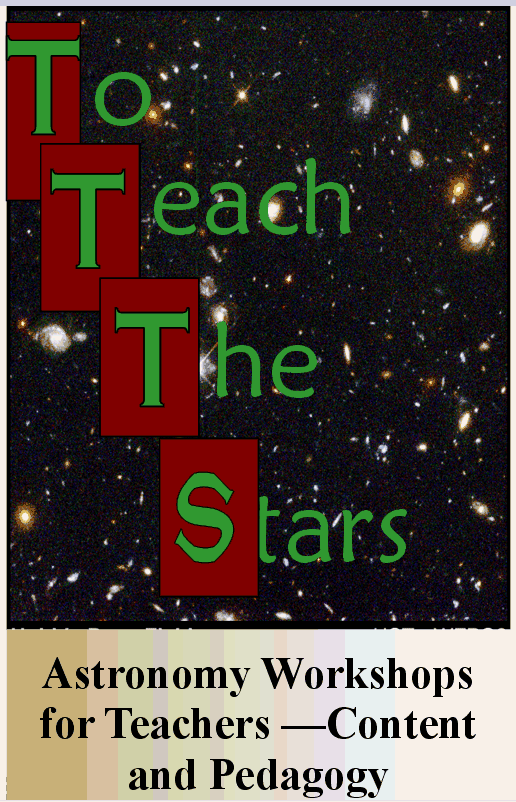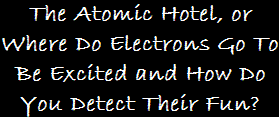 |

|
Improving the Astronomy in Schools
Content and Pedagogy Topics |
||||||||
|
To Teach The Stars events are customized to your
needs! Whether your only have an hour or a two-day annual
get-together, we will plan out a series of activities, to fill the time and the needs of
your faculty or students.
Below are a set of well-received and popular exercises we've done at
past workshops. While the details are necessarily brief, you
should note that there is a mix of topics and pedagogy in each activity.
Following those are other suggested topics we can easily put into your
particular program! You are not limited to the items we show here!
Like the Universe, what we can present is vast! What's your need?
|

